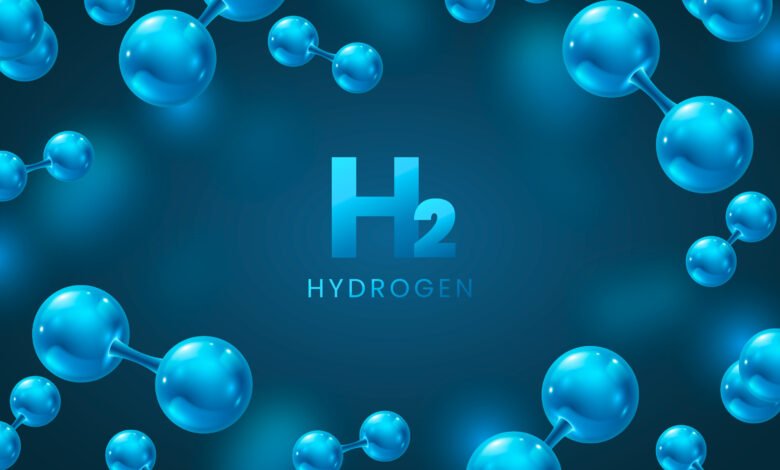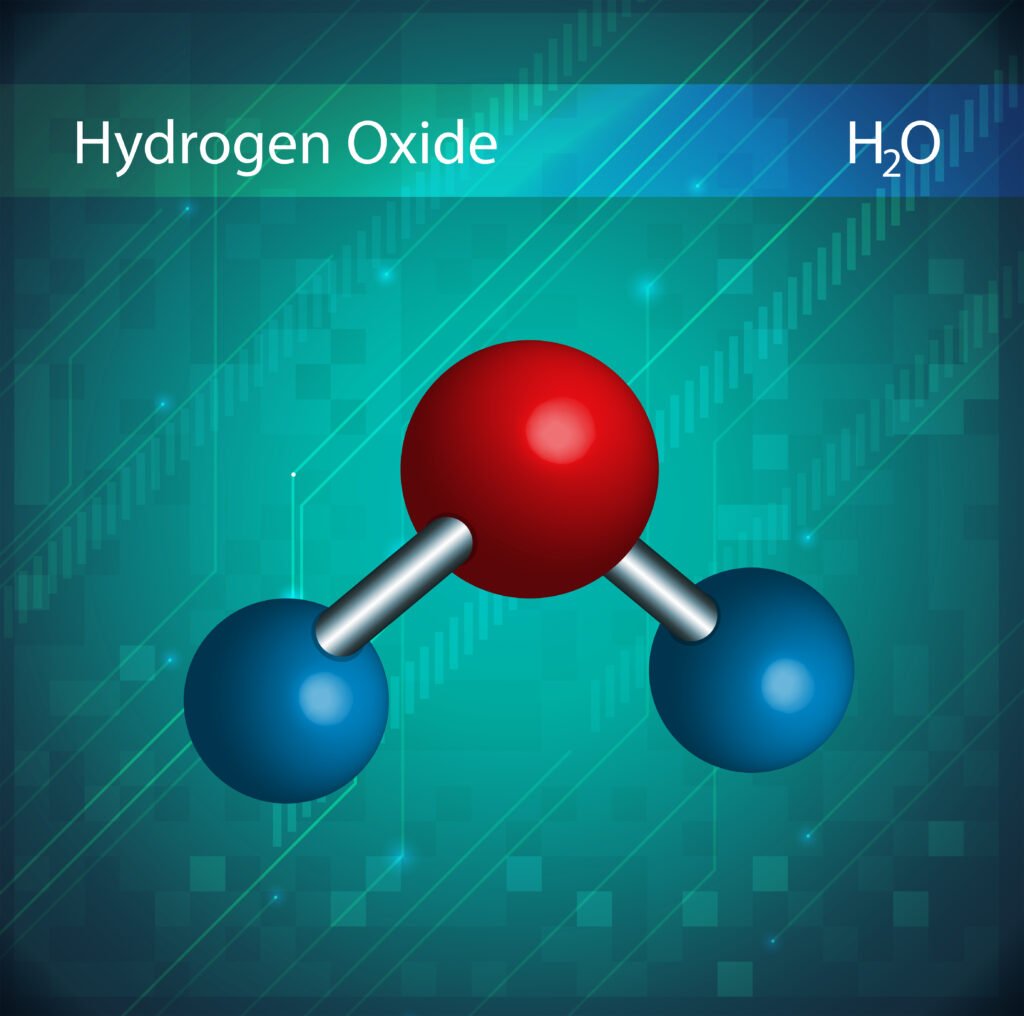Understanding hcooch ch2 h2o: A Comprehensive Guide to Its Structure, Reaction, and Relevance

In the ever-evolving world of chemistry and organic compounds, reactions between molecules reveal important pathways that influence both academic research and industrial applications. One such compound interaction—hcooch ch2 h2o—often appears in discussions surrounding carboxylic acids, hydrolysis reactions, and functional group behavior. Despite its seemingly cryptic formula, it represents a fundamental concept with wide-ranging chemical significance.
This in-depth article explores the nature of hcooch ch2 h2o, from its molecular identity and reaction dynamics to its real-world applications in both laboratory and industrial settings.
🔍 Key Takeaways: What You Should Know About hcooch ch2 h2o
- hcooch ch2 h2o represents a reaction involving formic acid esters and water, commonly in hydrolysis processes.
- It plays a critical role in organic chemistry, especially in esterification and reverse esterification.
- Understanding this compound helps clarify fundamental reaction mechanisms involving esters, acids, and alcohols.
- It has industrial relevance in fields like pharmaceuticals, biochemistry, and environmental science.
- Reaction conditions such as pH, temperature, and catalysis impact the behavior of hcooch ch2 h2o significantly.
What Is hcooch ch2 h2o?
At first glance, hcooch ch2 h2o might appear ambiguous without proper chemical interpretation. Here’s how it breaks down:
- HCOOCH: Represents methyl formate, an ester derived from formic acid (HCOOH) and methanol (CH3OH).
- CH2: Often denotes a methylene group or part of the reacting structure, though in this case, it may symbolically connect to the hydrocarbon backbone.
- H2O: Water, commonly involved in hydrolysis reactions.
So, hcooch ch2 h2o refers to the hydrolysis of methyl formate in the presence of water, leading to formic acid (HCOOH) and methanol (CH3OH).
The Reaction:
HCOOCH3 + H2O → HCOOH + CH3OH
This is a classic ester hydrolysis reaction—an equilibrium-driven process central to organic chemistry.
How hcooch ch2 h2o Works: Reaction Mechanism
To understand the relevance of hcooch ch2 h2o, it’s essential to explore its mechanism.
H2: Step-by-Step Mechanism
H3: 1. Nucleophilic Attack
Water acts as a nucleophile and attacks the electrophilic carbon of the ester group in HCOOCH3.
H3: 2. Tetrahedral Intermediate Formation
The addition of water creates a temporary intermediate, rearranging electron density and bonding structures.
H3: 3. Breakdown and Proton Transfer
Proton shifts and cleavage of the C-O bond eventually lead to the formation of formic acid and methanol.
This reaction can be either acid-catalyzed or base-catalyzed, depending on the experimental conditions. It’s also reversible, which allows chemists to push the reaction in the desired direction using Le Chatelier’s Principle.
Applications of hcooch ch2 h2o in Science and Industry
Understanding hcooch ch2 h2o isn’t just an academic exercise. Its reaction is foundational to multiple industries:
H2: Industrial and Practical Applications
- Pharmaceuticals: Synthesis of intermediates for active ingredients
- Perfume & Flavors: Controlled ester hydrolysis affects aroma compound development
- Polymers & Plastics: Manipulating ester reactions for resin production
- Environmental Chemistry: Studying degradation pathways of organic compounds
In each context, the controlled hydrolysis of esters like hcooch ch2 h2o becomes crucial to maintaining product quality, purity, and stability.
Comparative Table: Ester Hydrolysis (Including hcooch ch2 h2o)
| Property | hcooch ch2 h2o (Methyl Formate) | Ethyl Acetate + H2O | Propyl Butanoate + H2O |
|---|---|---|---|
| Ester Formula | HCOOCH3 | CH3COOC2H5 | C3H7COOC3H7 |
| Type of Ester | Simple (formate) | Acetate | Butanoate |
| Products After Hydrolysis | Formic Acid + Methanol | Acetic Acid + Ethanol | Butanoic Acid + Propanol |
| Reaction Type | Acid/Base Catalyzed Hydrolysis | Acid/Base Catalyzed | Acid/Base Catalyzed |
| Common Uses | Solvent, precursor | Flavors, solvents | Fragrance components |
This table highlights how hcooch ch2 h2o fits within a broader category of ester hydrolysis reactions, sharing similar mechanisms but unique in its end products and reaction rate.

Chemical Safety and Handling Notes
Working with compounds such as hcooch ch2 h2o involves chemical safety protocols:
- Ventilation: Always work in fume hoods due to volatile compounds
- Protective Gear: Gloves, goggles, and lab coats are required
- Proper Storage: Keep esters away from heat and strong oxidizers
- Disposal Procedures: Follow local environmental regulations when disposing of formic acid and methanol
Understanding safety not only supports lab practice but also informs responsible industrial-scale production.
Real-World Use Cases of hcooch ch2 h2o Reactions
Case Study 1: Organic Chemistry Education
In undergraduate labs, hcooch ch2 h2o is often used to teach ester hydrolysis. It allows students to track pH changes, use titration to determine yields, and understand molecular behavior through hands-on experiments.
Case Study 2: Quality Control in Perfume Production
Fragrance companies analyze the hydrolysis rates of esters like hcooch ch2 h2o to optimize scent longevity and freshness. A precise reaction window ensures product consistency.
FAQs About hcooch ch2 h2o
Q1: What is hcooch ch2 h2o used for?
It typically refers to the hydrolysis of methyl formate, used in teaching, research, and chemical manufacturing to produce formic acid and methanol.
Q2: Is hcooch ch2 h2o a stable compound?
As a reaction formula, hcooch ch2 h2o is not a single compound but a process. The starting ester (HCOOCH3) is stable under proper conditions, but hydrolyzes readily in water, especially under acid or base catalysis.
Q3: What catalysts are used in hcooch ch2 h2o reactions?
Both acids (like HCl) and bases (like NaOH) can catalyze the hydrolysis. Each path offers different intermediate behavior but leads to the same products.
Q4: Is hcooch ch2 h2o environmentally safe?
Its products—formic acid and methanol—can be hazardous in high concentrations. However, controlled use and proper disposal render it manageable in lab and industry settings.
Q5: Can I perform the hcooch ch2 h2o reaction at home?
It is strongly discouraged due to chemical handling risks. Only trained personnel in lab environments should attempt such reactions.
Final Thoughts: Why hcooch ch2 h2o Matters
The study of hcooch ch2 h2o opens a window into the core of organic chemistry—understanding how molecules interact, transform, and yield functional products. From basic education to complex industrial chemistry, this ester-water reaction serves as a vital model for controlled synthesis and breakdown.
Its simplicity hides a world of chemical insights, making hcooch ch2 h2o not just a notation, but a doorway into deeper scientific understanding.

